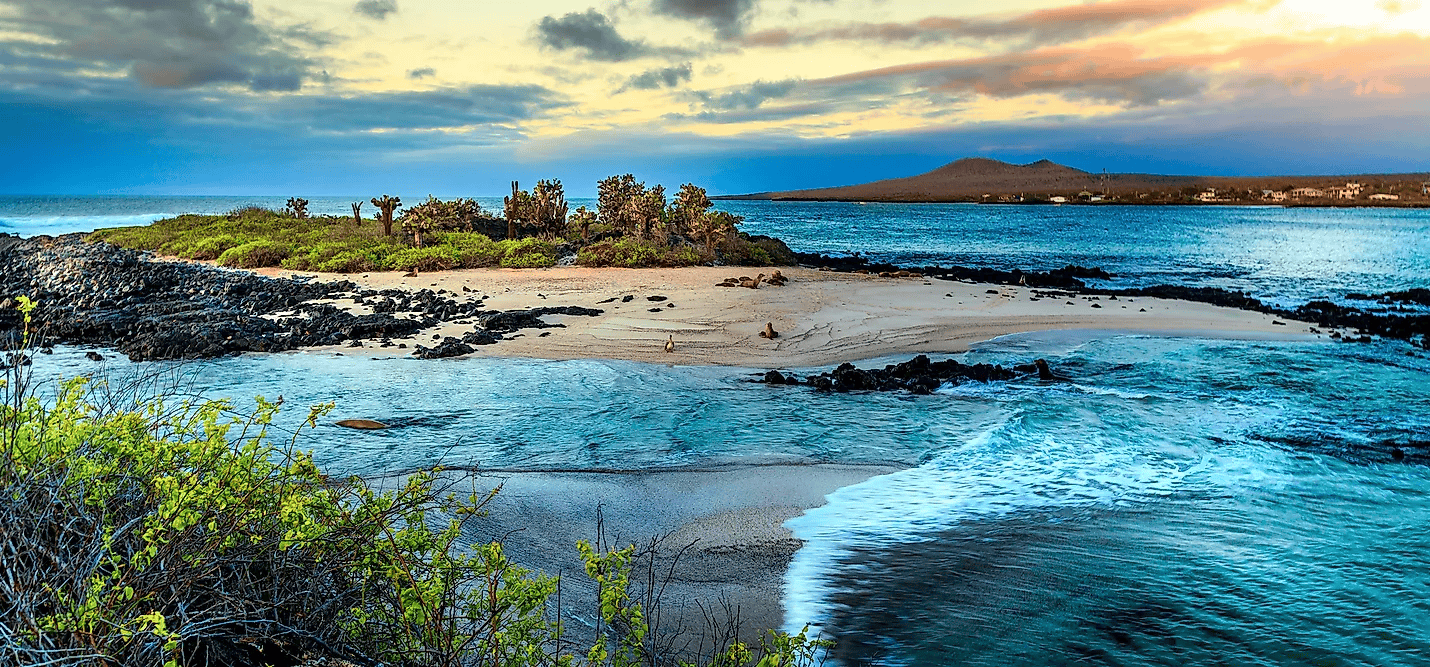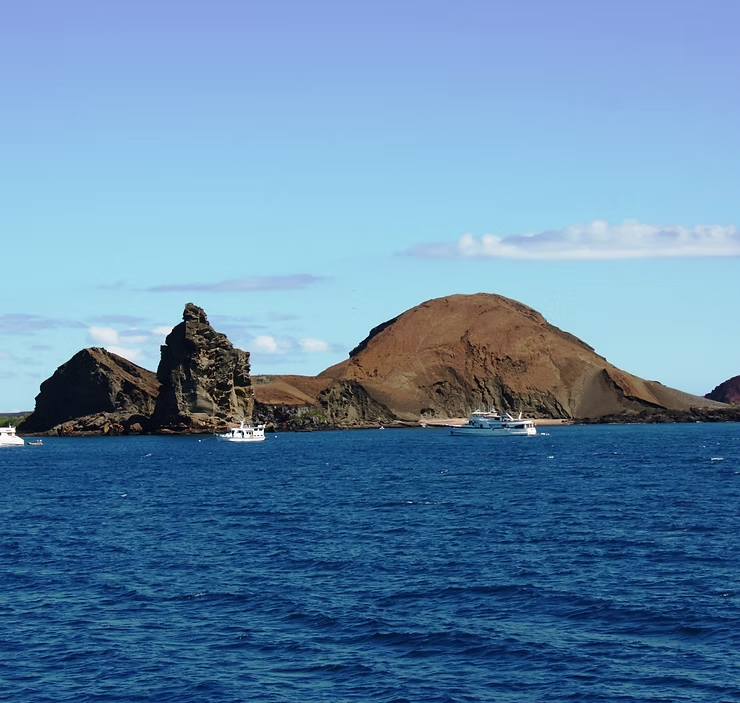
Galapagos Island
Explore Galapagos Island
Galapagos Island
Galápagos Islands: A Wildlife Wonderland & Natural Paradise
The Galápagos Islands, located off the coast of Ecuador, are one of the most unique ecosystems on Earth, home to giant tortoises, blue-footed boobies, marine iguanas, and stunning volcanic landscapes. Whether you're snorkeling with sea lions, hiking volcanic craters, or exploring uninhabited islands, the Galápagos offer a once-in-a-lifetime experience for nature lovers, adventure seekers, and eco-travelers alike.
Frequently Asked Questions: Galápagos Islands, Ecuador
The Galápagos is a year-round destination, but conditions vary:
- December–May (Warm & Wet Season): Best for snorkeling, diving, and calmer seas.
- June–November (Cool & Dry Season): Best for wildlife spotting, penguins, and comfortable hiking temperatures.
- Year-Round: The Galápagos Islands have amazing wildlife experiences any time of the year.
- Santa Cruz Island & Charles Darwin Research Station – Home to giant tortoises and important conservation efforts.
- Isabela Island – The largest island, featuring volcano hikes, marine iguanas, and stunning snorkeling spots.
- Bartolomé Island – A dramatic volcanic island with the famous Pinnacle Rock and panoramic views.
- North Seymour Island – One of the best places to see blue-footed boobies, frigatebirds, and sea lions.
- San Cristóbal Island – Known for Puerto Baquerizo Moreno, Kicker Rock, and excellent diving.
- Fernandina Island – One of the most untouched islands, home to marine iguanas and flightless cormorants.
- Genovesa Island – A paradise for bird watchers, featuring red-footed boobies and great frigatebirds.
- Floreana Island – Famous for its history, unique lava caves, and Post Office Bay tradition.
- Tortuga Bay (Santa Cruz) – A breathtaking white-sand beach with black lava formations and marine life.
- Los Túneles (Isabela Island) – A top snorkeling spot with lava tunnels, sea turtles, and reef sharks.
- Fresh Seafood (Encocado de Pescado) – Fish cooked in a coconut-based sauce, a coastal Ecuadorian specialty.
- Ceviche – A must-try dish made with shrimp, fish, or octopus marinated in lime juice.
- Arroz Marinero – A seafood rice dish packed with shrimp, clams, and calamari.
- Langosta (Lobster) – Fresh Galápagos lobster is a delicacy best enjoyed grilled with garlic butter.
- Patacones – Fried green plantains served as a crunchy side dish.
- Empanadas de Verde – Plantain-based empanadas filled with cheese, shrimp, or meat.
- Jugos Naturales – Fresh fruit juices made from passionfruit, guava, or soursop.
- Flights: You must fly into Baltra Airport (GPS) or San Cristóbal Airport (SCY) from mainland Ecuador.
- Inter-Island Ferries: Travel between Santa Cruz, Isabela, San Cristóbal, and Floreana by boat.
- Speedboats & Cruises: The best way to explore multiple islands with guided tours.
- Taxis & Bikes: Available on Santa Cruz and San Cristóbal for getting around towns.
- Walking & Hiking: Many islands can only be explored on foot with a guide.
- No visa required for stays up to 90 days for travelers from the U.S., Canada, U.K., EU, Australia, and many other countries.
- A valid passport with at least six months of validity is required.
- A $100 Galápagos National Park entrance fee is required upon arrival.
- A $20 Transit Control Card (TCT) must be purchased before flying to the Galápagos.
- Currency: Ecuador uses the U.S. Dollar (USD).
- Credit cards are accepted in hotels and larger restaurants, but cash is needed in small towns and for tours.
- ATMs are available in Santa Cruz and San Cristóbal, but bring cash for remote islands.
- Spanish is the official language.
- English is spoken in tourist areas and by guides, but learning basic Spanish phrases is helpful.
- Common Spanish words to know:
- Hola! – Hello
- Gracias – Thank you
- ¿Cuánto cuesta? – How much does it cost?
- Baño – Bathroom
- Respect wildlife: Keep at least 6 feet (2 meters) away from animals.
- No touching or feeding animals – It’s illegal and disrupts their natural behavior.
- Leave no trace: Follow strict eco-tourism guidelines and never litter.
- Follow park rules: You must be with a certified naturalist guide to visit most islands.
- Limited internet & cell service: Be prepared for slow or no connection in remote areas.
- Restaurants: A 10% service charge is often included, but extra tipping is appreciated.
- Taxis: No tip required, but rounding up is common.
- Hotels & Tour Guides: A small tip for excellent service is recommended.
- For peak season (December–May for warm weather, June–August for wildlife migration): Book 6–12 months in advance.
- For off-season (September–November): Book 2–3 months ahead for better deals.
- For popular experiences (luxury Galápagos cruises, diving tours, guided wildlife excursions): Book at least a month in advance.
- COVID-19 restrictions have been lifted, but always check for updates before traveling.
- Strict biosecurity laws: No outside food, seeds, or animals can be brought to the islands.
- Luggage is inspected at Quito or Guayaquil airports before flying to the Galápagos.
Contact us at 281-229-0862 or admin@pointmetoparadise.com
